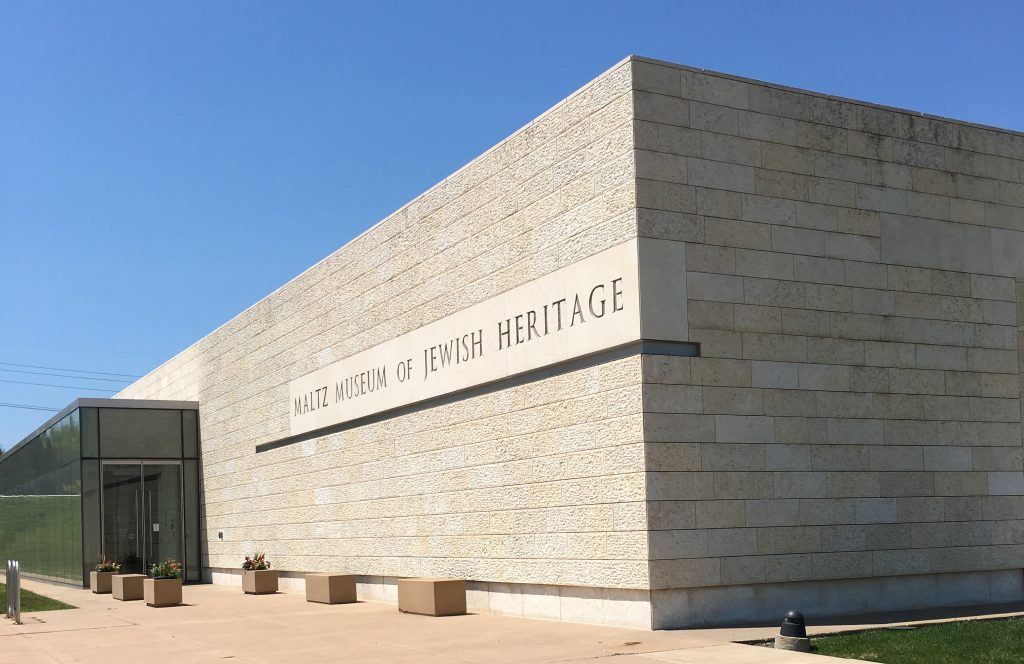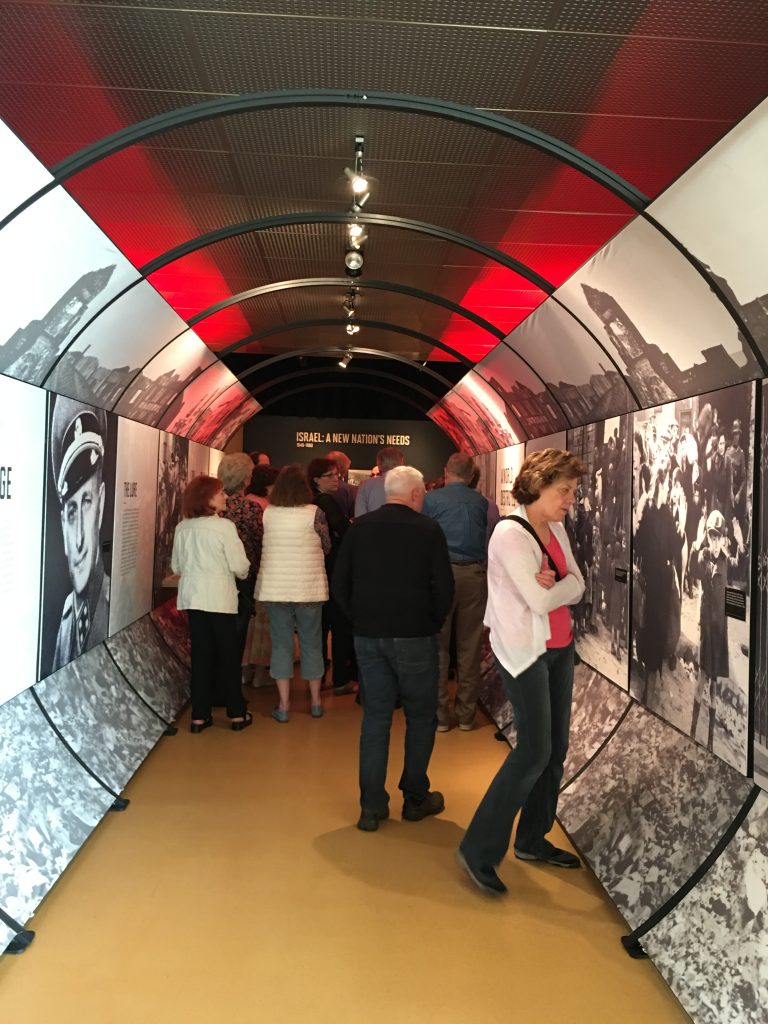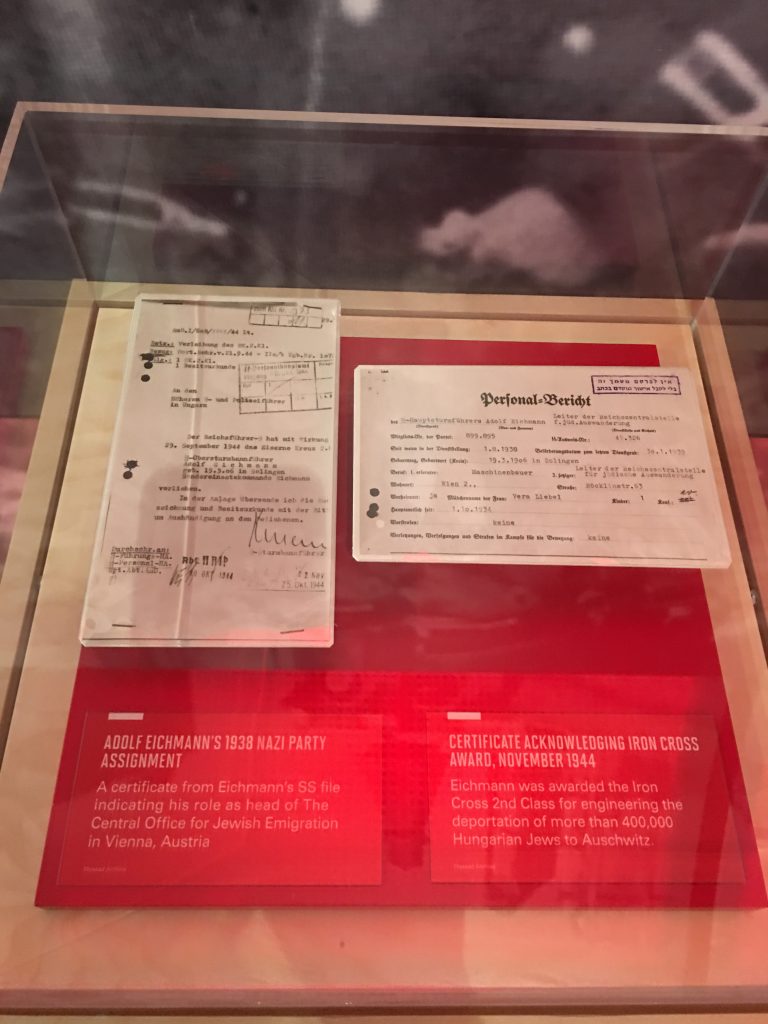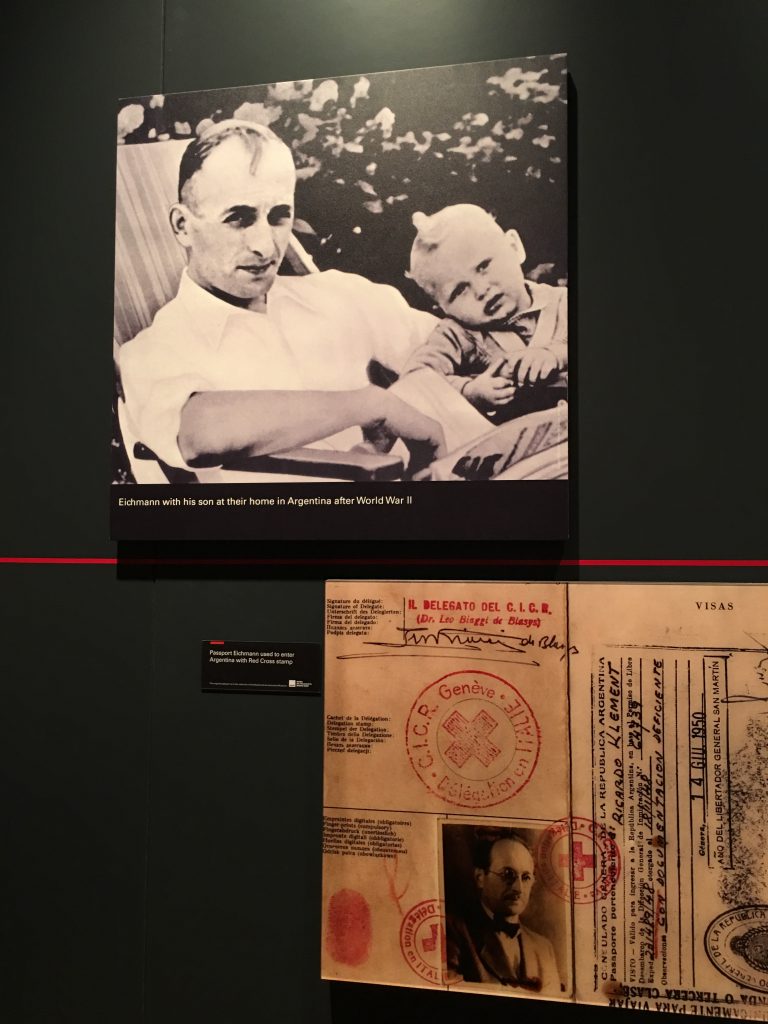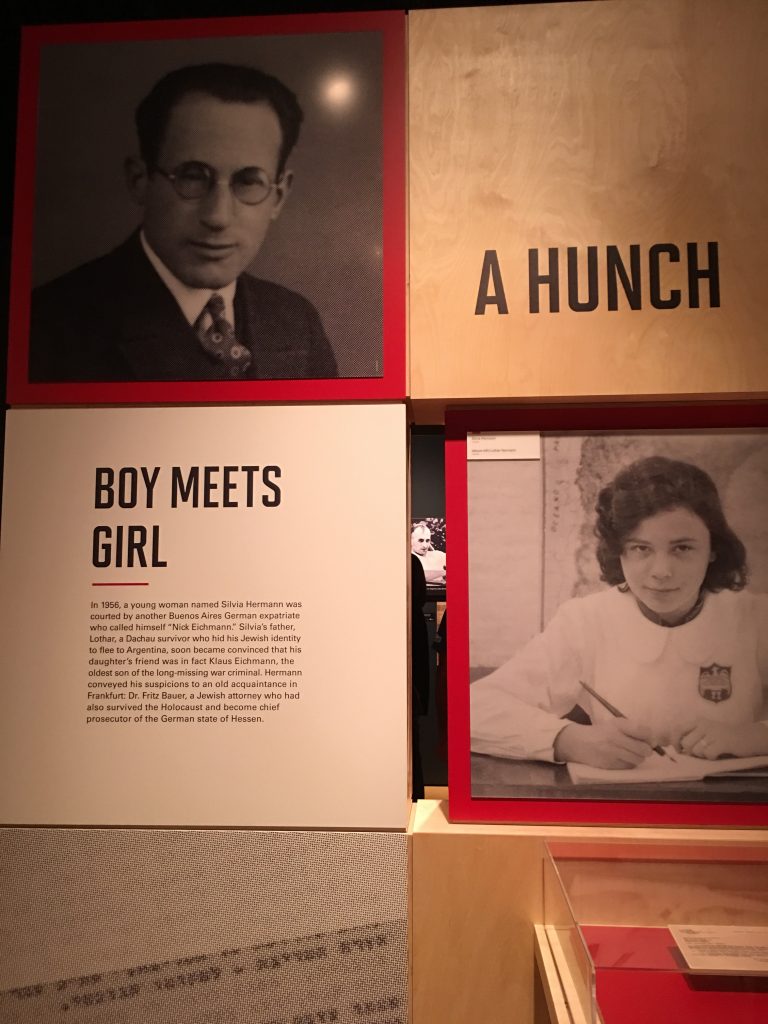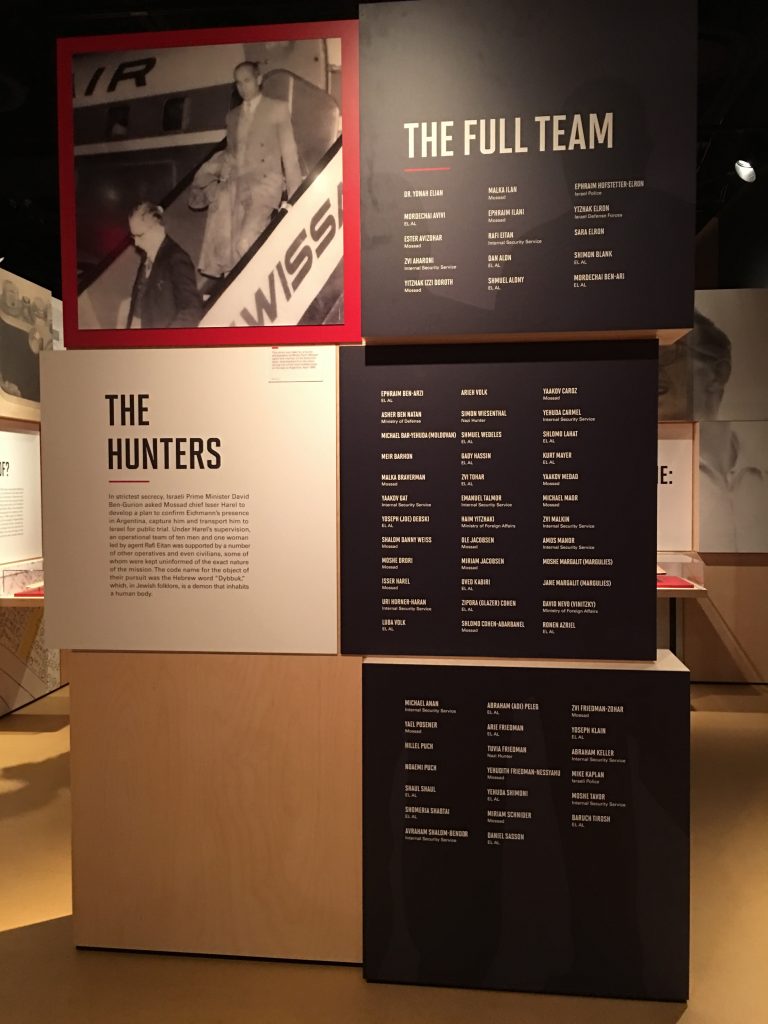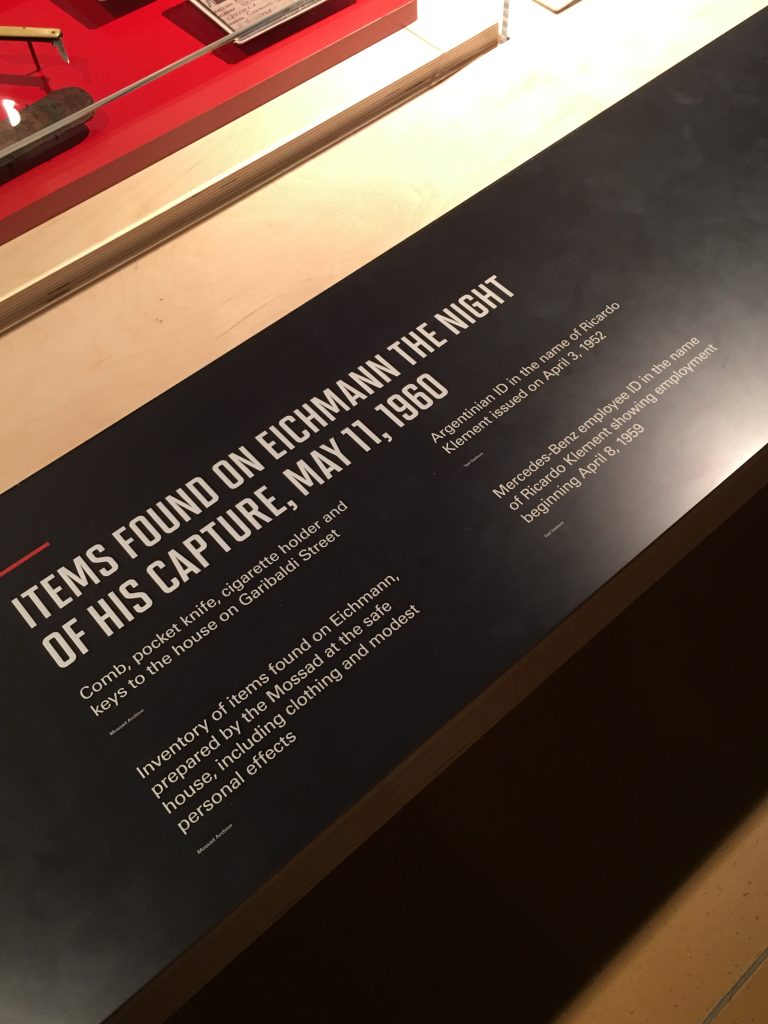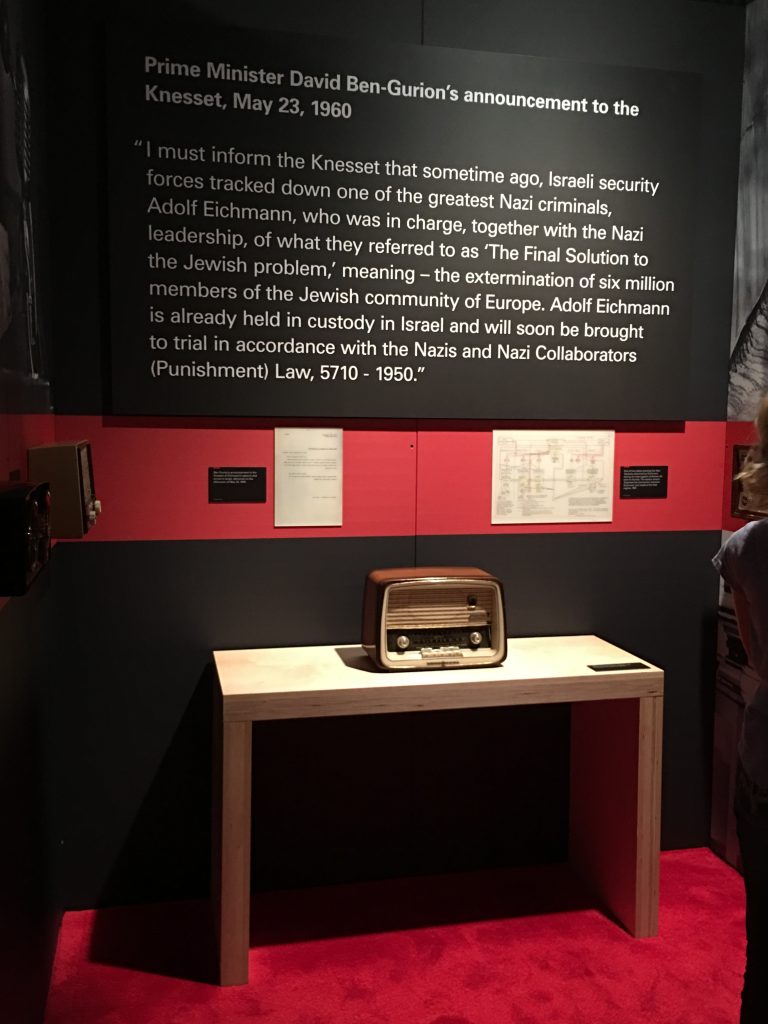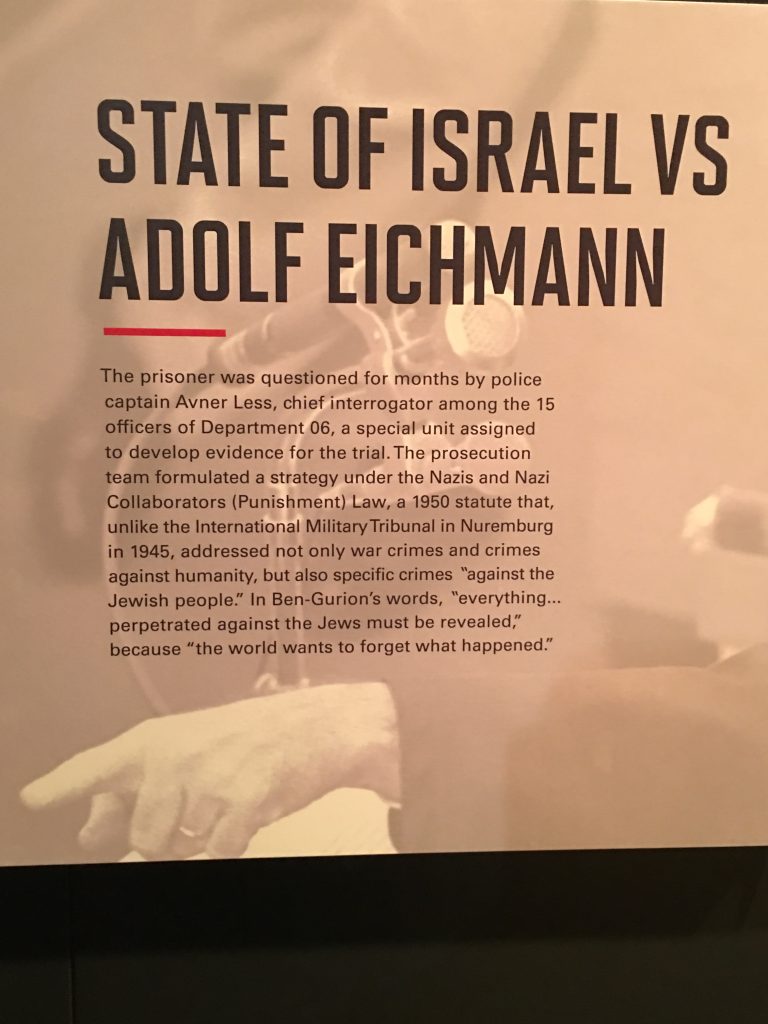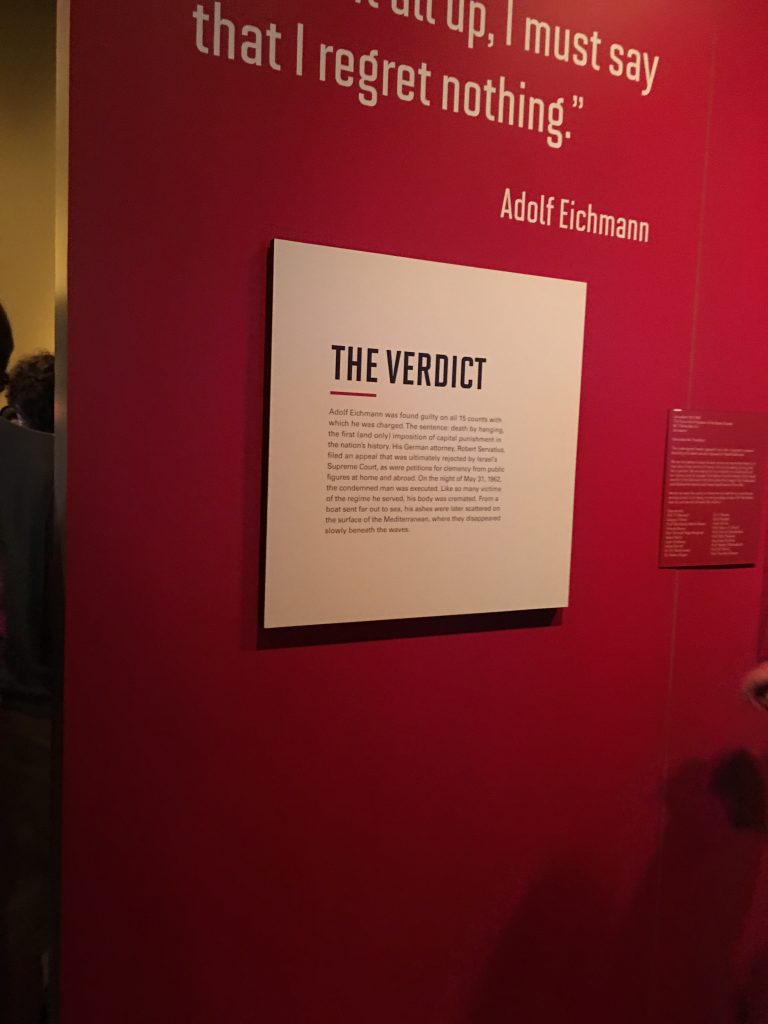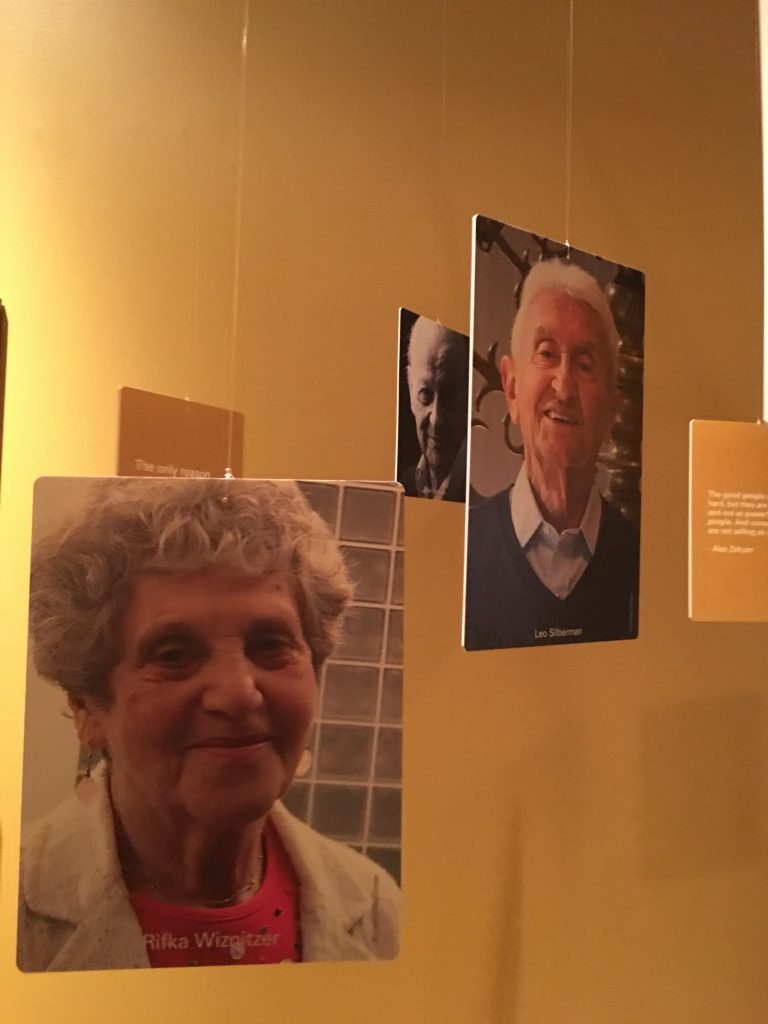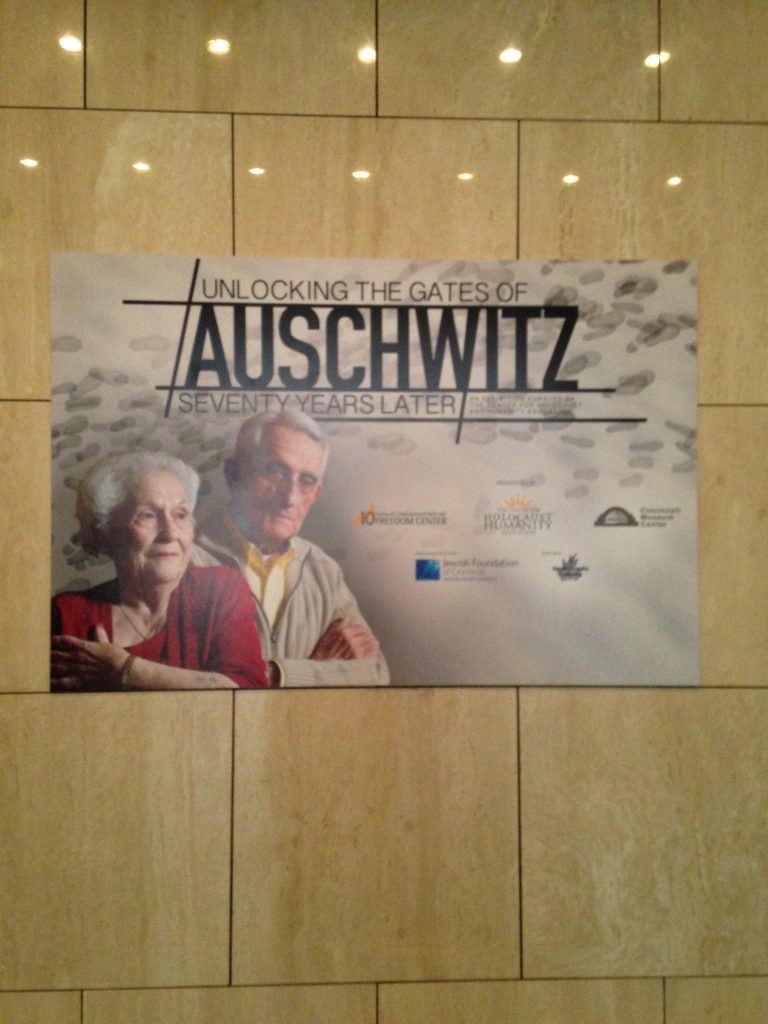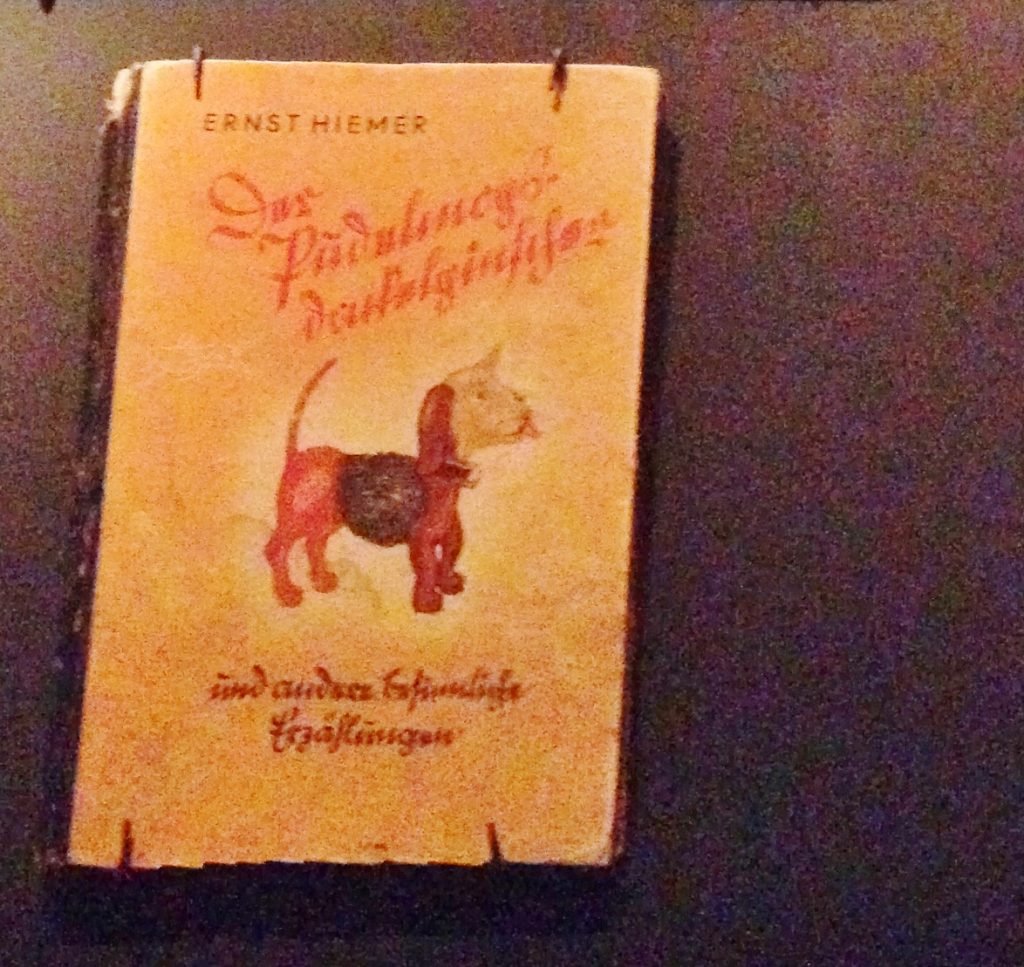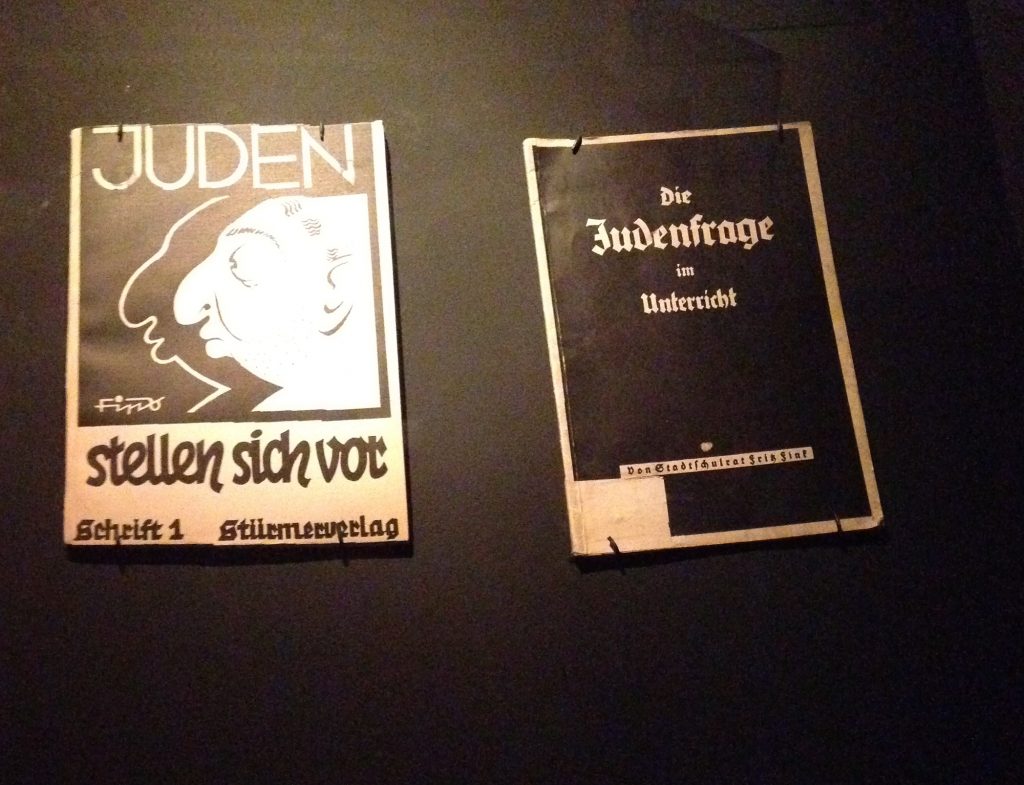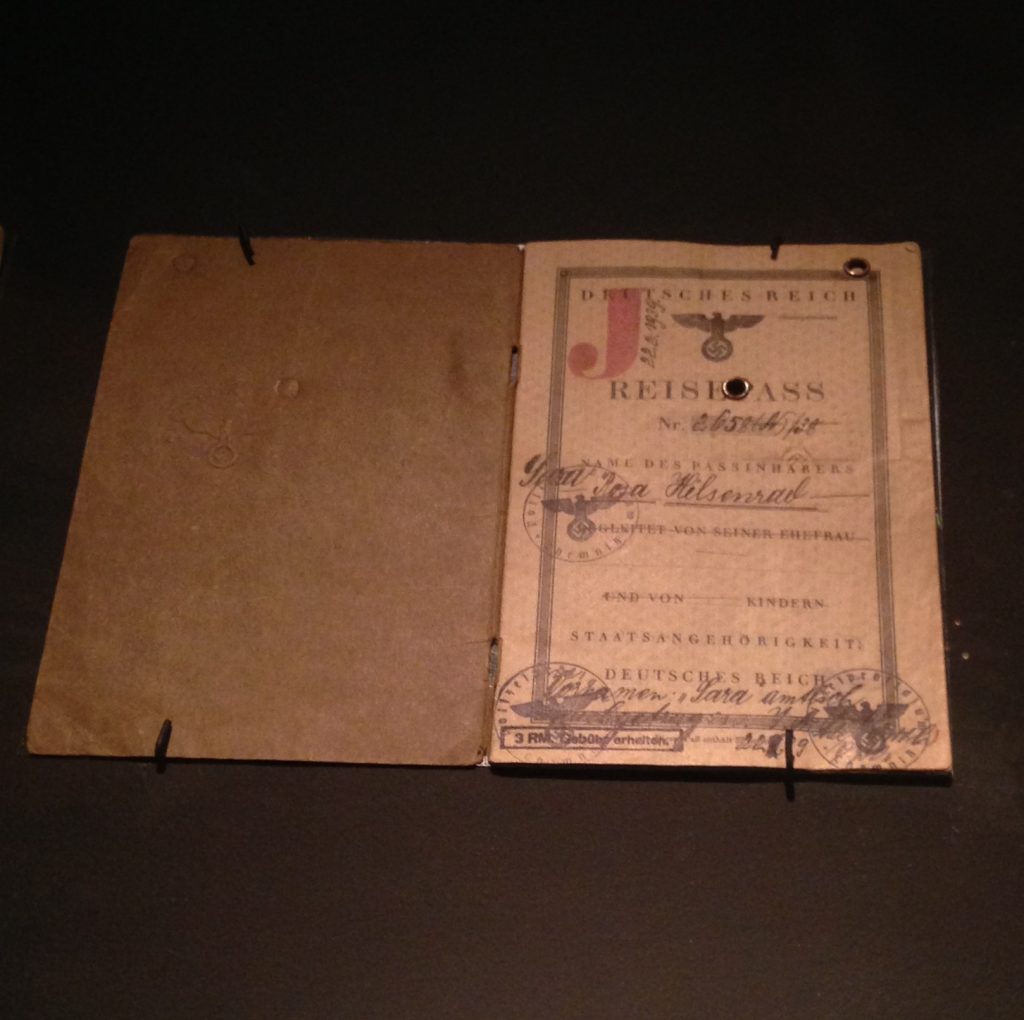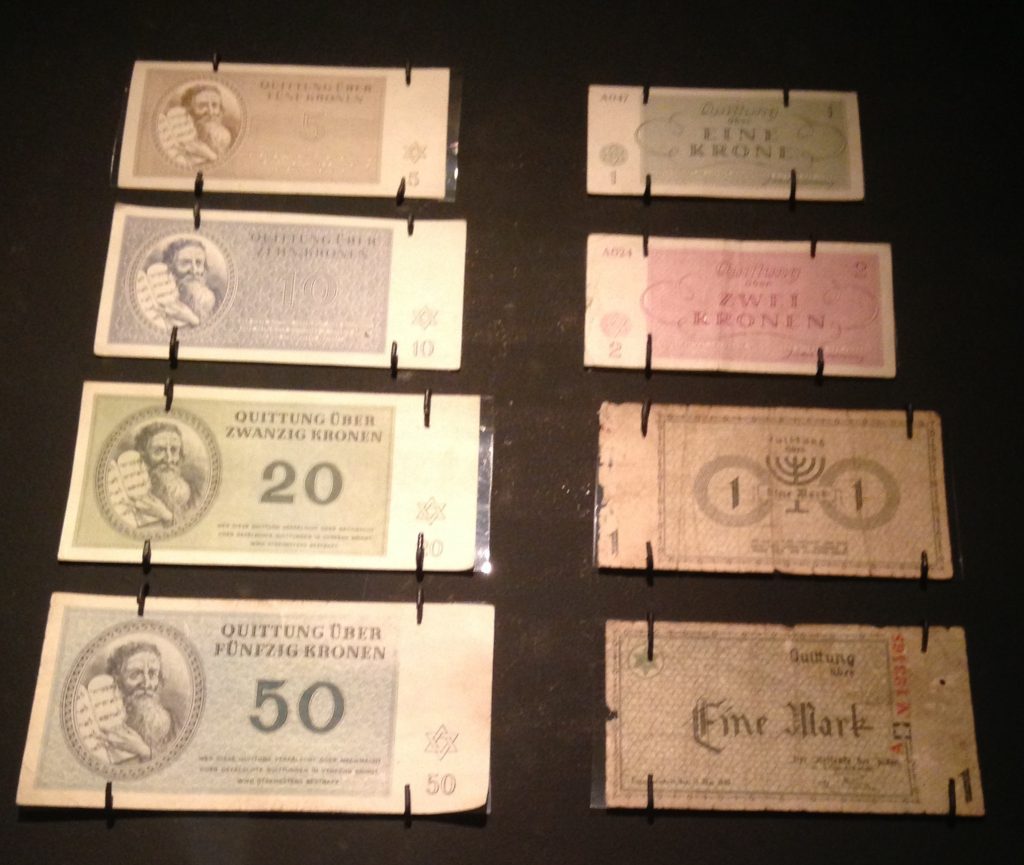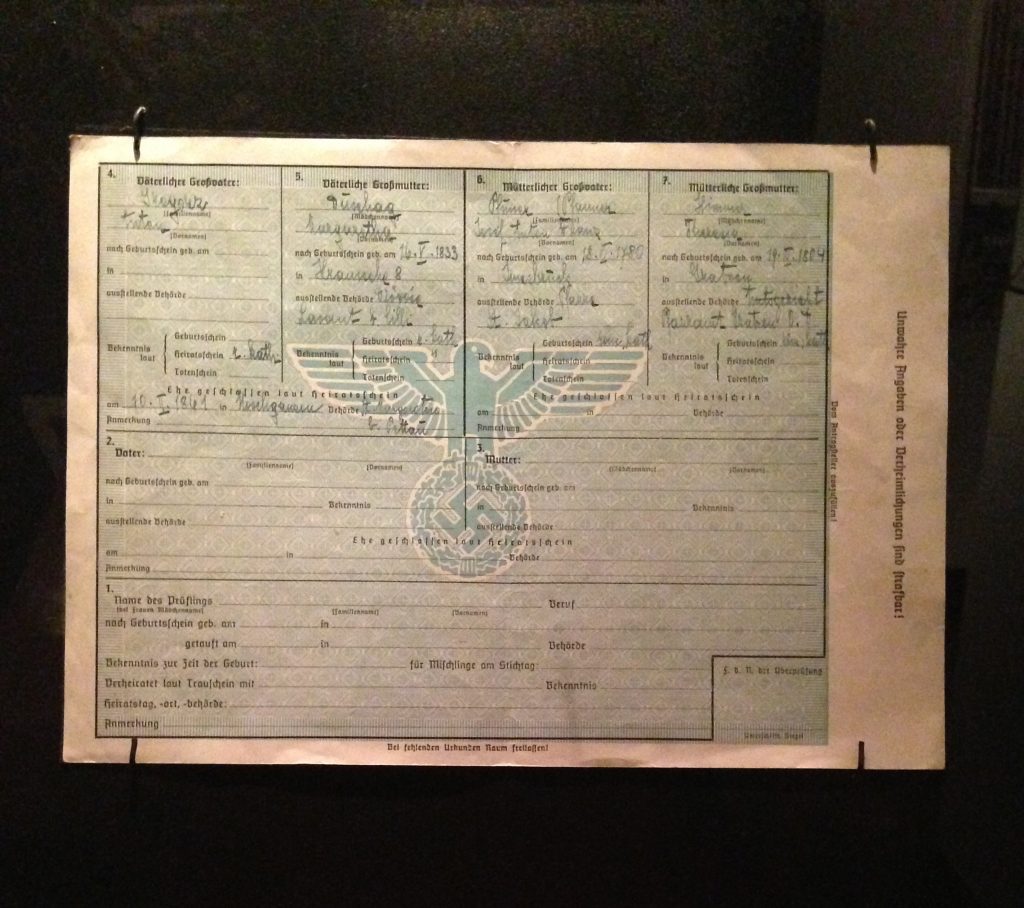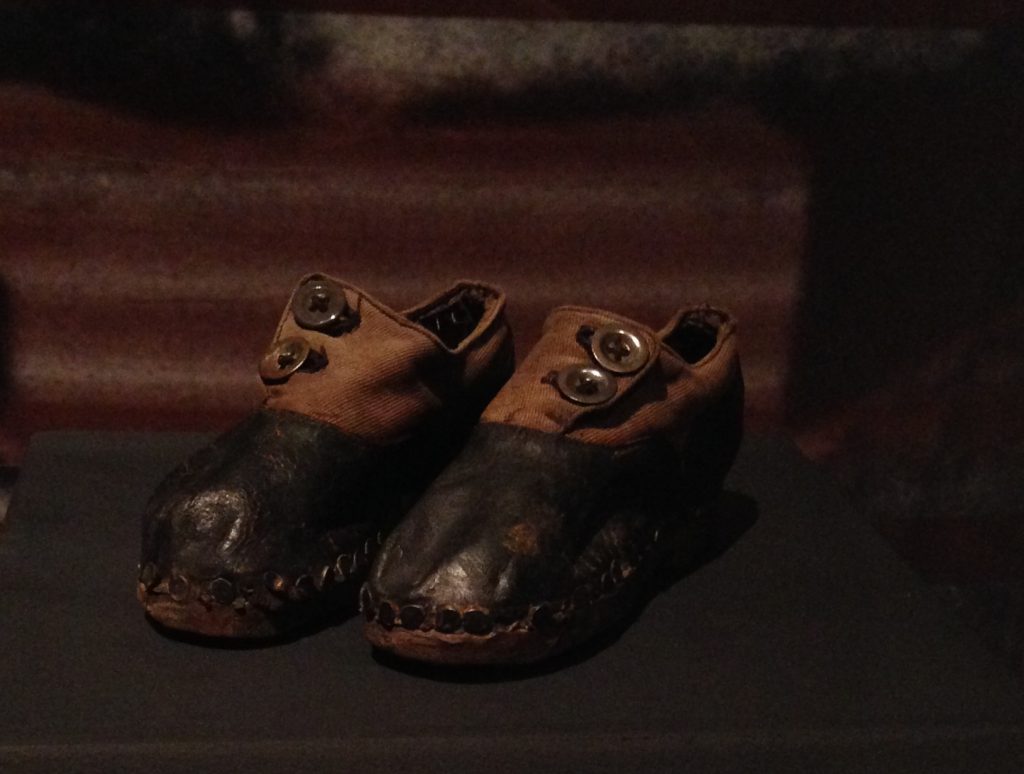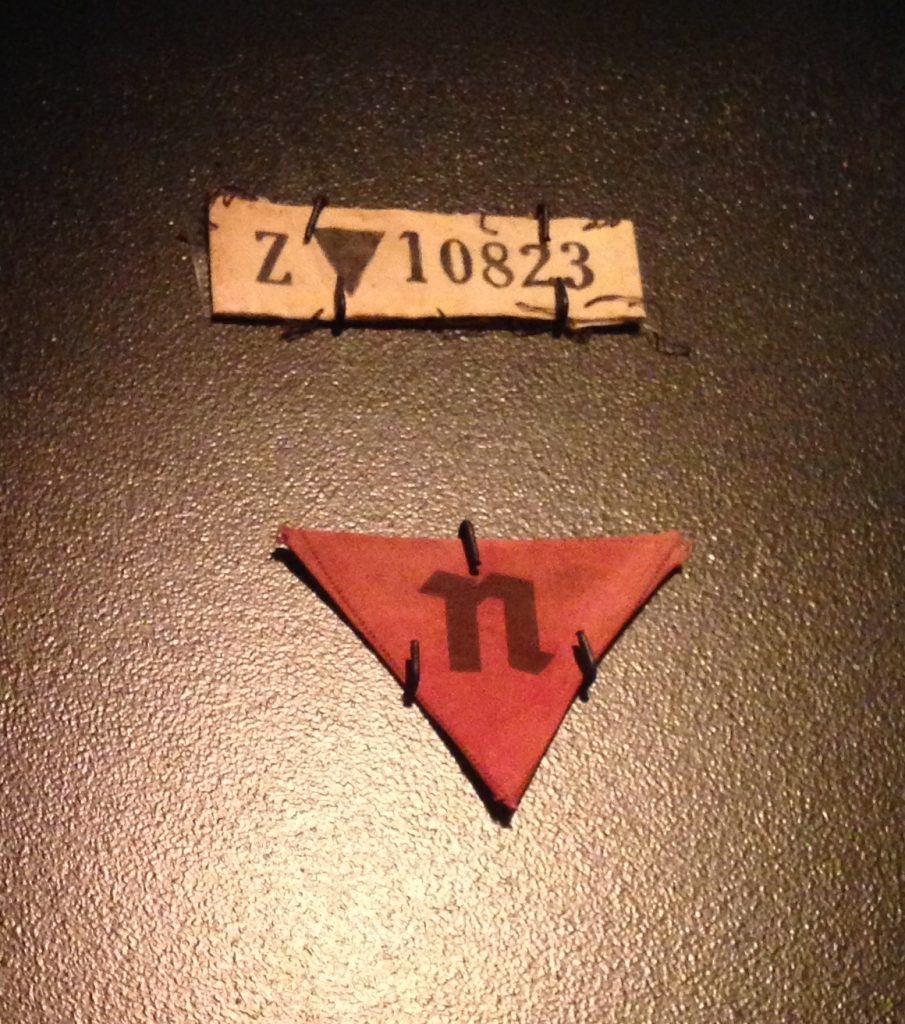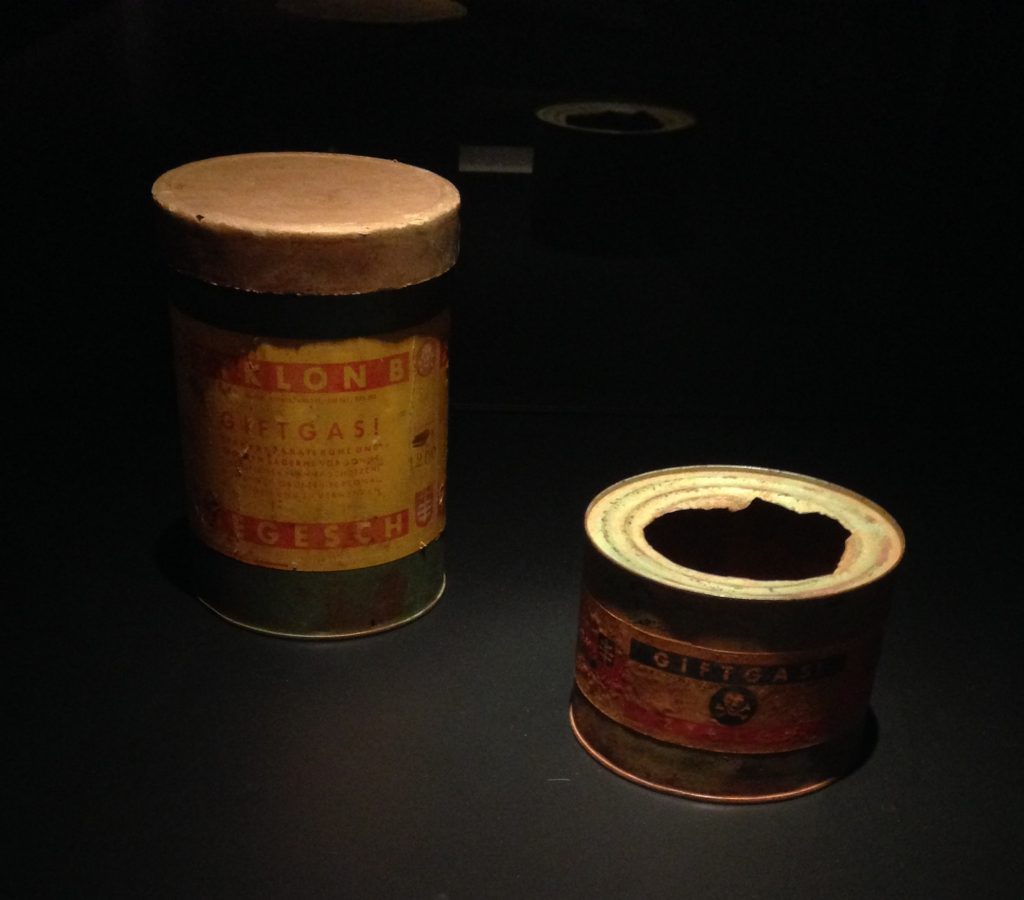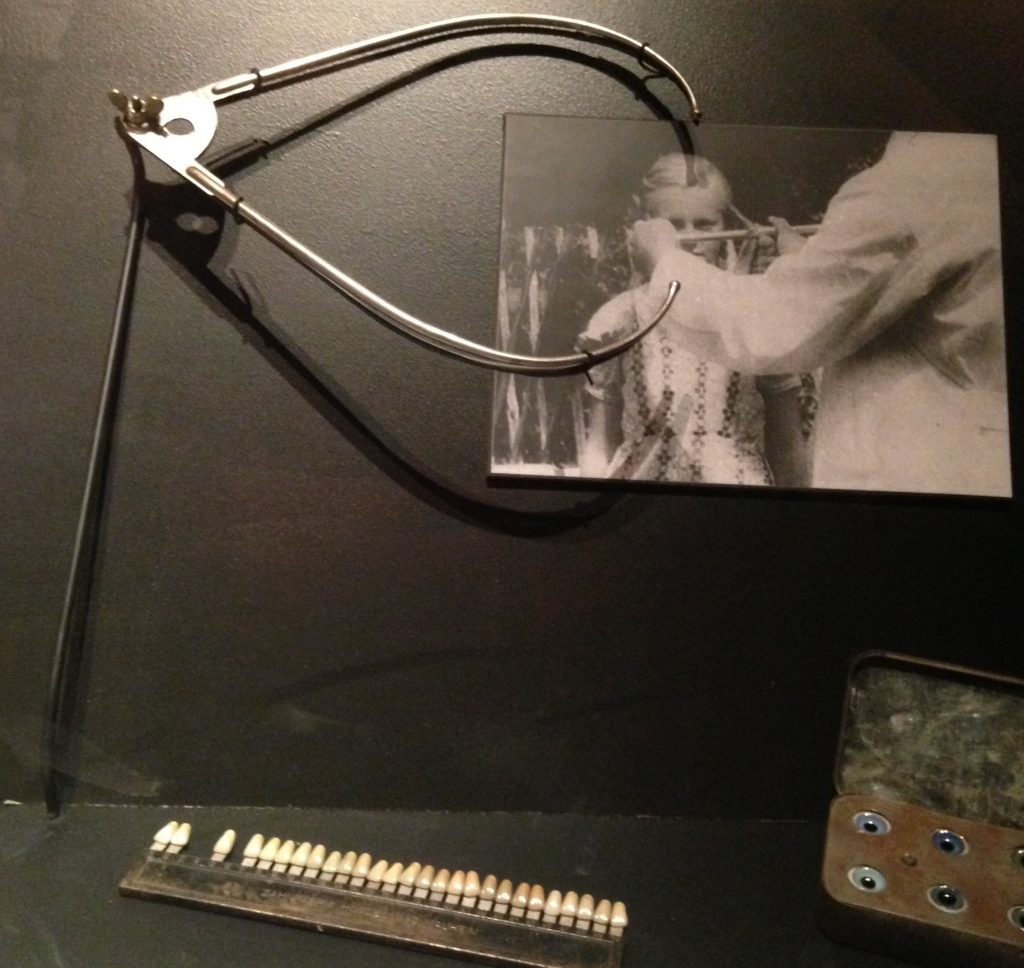Dave and I had an evening flight so we had a whole day to continue our exploration of San Juan, Puerto Rico. I had scheduled as many attractions and sights as possible and there was still so much to do. During one of our rides on the trolley, we happened to pass by the Capital District of San Juan and thought that this would be a great place to check out, so we put it on the list for our last day.
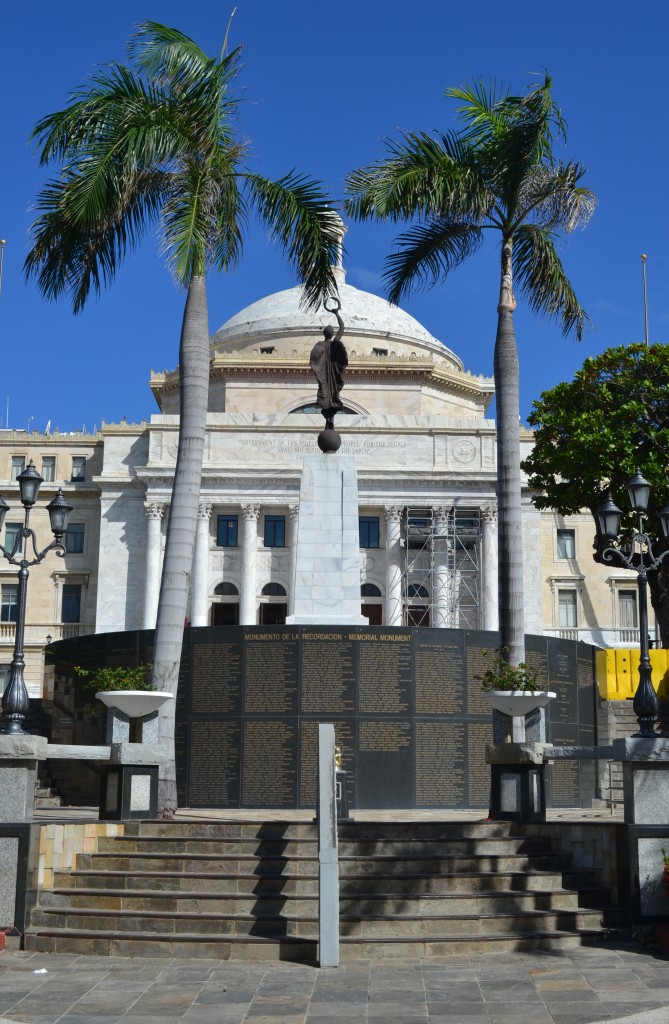
The Capitol district was a great place to take a long walk to unwind for the day. Besides the Capitol building there were additional historic buildings and monuments. We enjoyed the walk visiting the various memorials for the local police officers, victims of the Holocaust and a dedication to those Puerto Ricans who gave their lives serving in the US military. We entered the Capitol Building to admire the dome and finished off our excursion by walking among the Paseo de los Presidentes. It was a lovely morning and we worked up an appetite for a visit to Raices on Recinto Sur.
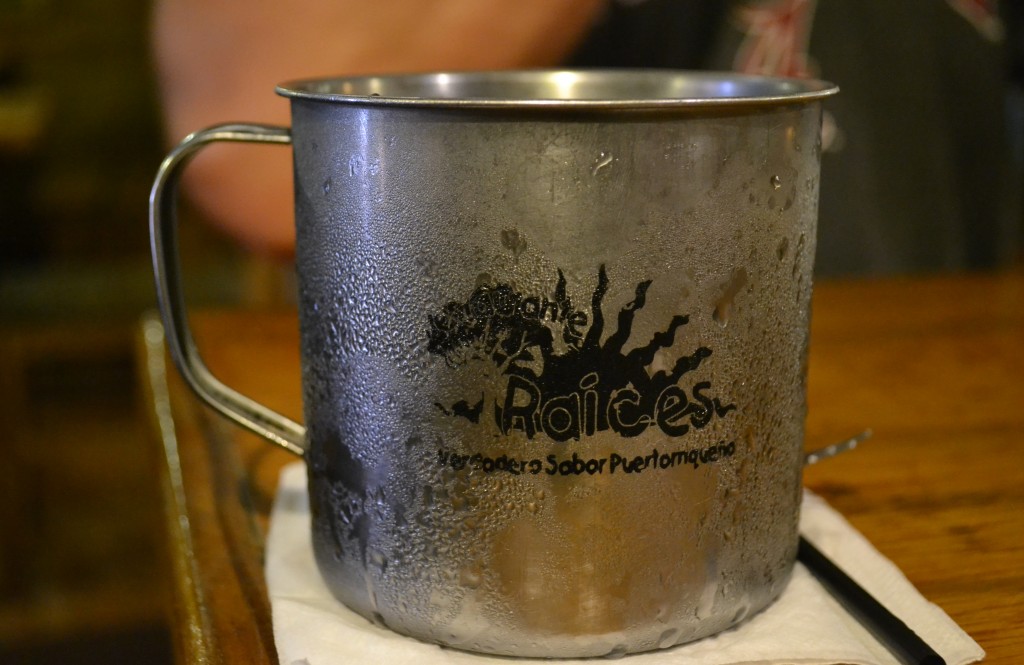
Raices was a suggestion of our hotel concierge for trying the local flavor and we were excited to try it out. The restaurant is beautifully decorated and located in the busy part of town near the cruise ship terminal. It is accessible by walking, taxi or trolley and is well worth the visit. We placed our order for skirt steak and fried plantains. We enjoyed our food as well as the delightful service staff that were very helpful with our menu questions.
NOTE: The restaurant is very popular, so there may be a wait when the cruise ships are in port, but they have a wonderful outside waiting area which is very convenient.
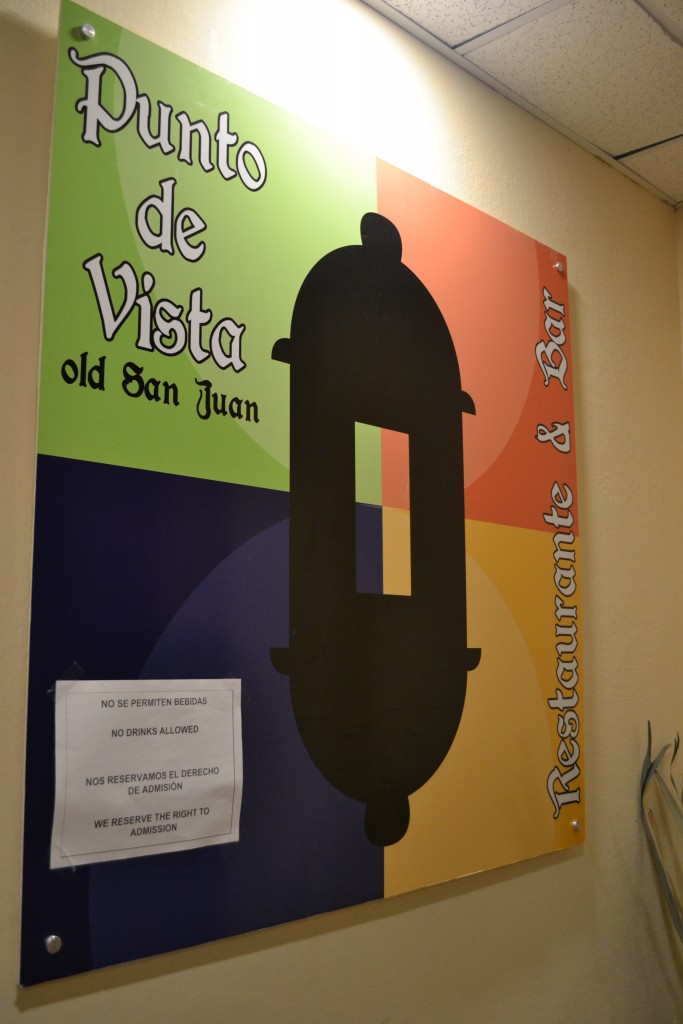
Walking back to the hotel, we noticed the Punto de Vista and learned that this was the rooftop restaurant of the Hotel Milano. We had some time and were excited to see the city from a different perspective. The friendly attendant inside directed us to the elevator that took us to the top floor and we entered the restaurant requesting a seat outside. They gave us menus and asked if we wanted to try their award winning mofongo, but we were quite full from our lunch at Raices. We decided to have drinks in the outside seating taking in the salt air and warm breeze. We took advantage of their two for one special on mojitos. The views were not too exciting with the exception of the mountains in the distance. As the clouds began to roll in we learned that if you cannot see the mountains, it is time to come in because a storm is on its way. It was too bad that we were not staying late enough to see the sunset.
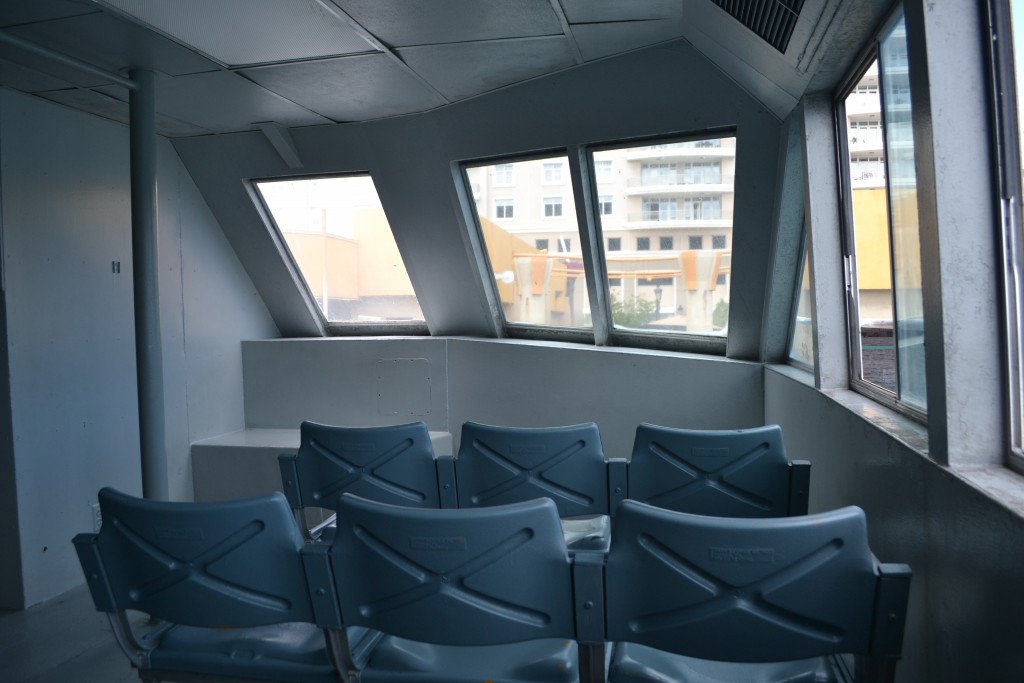
Our waitress provided us with the information for taking the ferry across to Catano to explore a different side of Puerto Rico. We were curious to see the island from a different perspective and to take in the skyline from the water. The ferry leaves from Pier 2 across the bay for a quick ride that lasts less than 10 minutes. We noticed that it runs every 15 to 20 minutes, so there would be plenty of opportunities to return once we decided to come back to the island. From Catano, there is a bus (or taxi) that takes tourists to the Bacardi Rum Factory for free tours and taxis that will drive visitors to the Isla de Cabras to explore the small fort on this side of the bay. The cost for the ferry is 50 cents each way and tickets can be purchased at the ferry terminal. Check the ferry schedule for the hours as they are different from weekends to weekdays. It is also a less expensive opportunity to catch the sunset over the bay.
We disembarked from the ferry and started up the hill to Plaza las Armas to pick up our luggage. It was that sad time where we had to say goodbye to Old San Juan and catch a flight back to the States. I was so happy for the opportunity to stay an additional day after our cruise to finish visiting all of the sites that interested us in Old San Juan. We loved the culture, food and people of Puerto Rico and look forward to the chance to return again in the near future!
Have you visited Puerto Rico or any of the other Caribbean islands? What was your favorite attraction, restaurant or hotel that you visited? I would love to hear all about your experience and suggestions for my next Caribbean vacation, so please leave you comment below! Many thanks for following our last day in San Juan after a week’s cruise. Wishing you many Happy Travels!
What to See and What to Do:
Punto de Vista
307 Calle Fortaleza
San Juan, 00901, Puerto Rico
Telephone: 787 725 4860
Where to Stay:
Hotel Plaza de Armas
San Jose Street 202
Old San Juan, Puerto Rico 00901
Phone: 866 599 6674
Amenities: Non-smoking, free continental breakfast, WiFi, refrigerator and microwave; there is a free trolley nearby at Stop #8
*Hotel was prepaid costing $150 per night. We arranged for a queen sized bed, room without a window, non-smoking and guaranteed late arrival.
Where to Eat:
Raices Restaurant
#315 Recinte Sur Street
San Juan, Puerto Rico
Telephone: 787 289 2121
What to Eat:
- MOFONGO! This is absolutely my favorite dish in San Juan. Mashed fried plantains are smothered with meat and/or vegetables.
- Alcappurias are similar to fritters filled with crab, meat or lobster and dipped in a batter made from green bananas.
- Arepas de Coco is a bread made from coconut flour stuffed with meat, seafood or vegetables.
- Chicharrones de Pollo are usually served as a side dish to mofongo, these tasty pieces of chicken are seasoned with garlic, oregano and achiote.
- Chilo Frito is a fried red snapper served with fried plantains or french fries on the side.
- Lechon is a suckling pig cooked whole and prepared juicy on the inside and crispy on the outside.
- Pastelon: San Juan’s answer to lasagna made with plantains instead of pasta
- The Pina Colada was invented at Barrachina in Old San Juan.
What to Read:
- The Rum Diary by Hunter S. Thompson
- The House on the Lagoon by Rosario Ferre
- Simone by Eduardo Lalo
- Mundo Cruel by Luis Negron
- La Llamarada by Enrique Laguerre
- Song of the Simple Truth by Julia de Burgos
Photo Guide for San Juan, Puerto Rico
- La Perla in Old San Juan for its colorful umbrellas
- The cobblestone streets and colorful buildings of Old San Juan
- The Forts in Old San Juan
